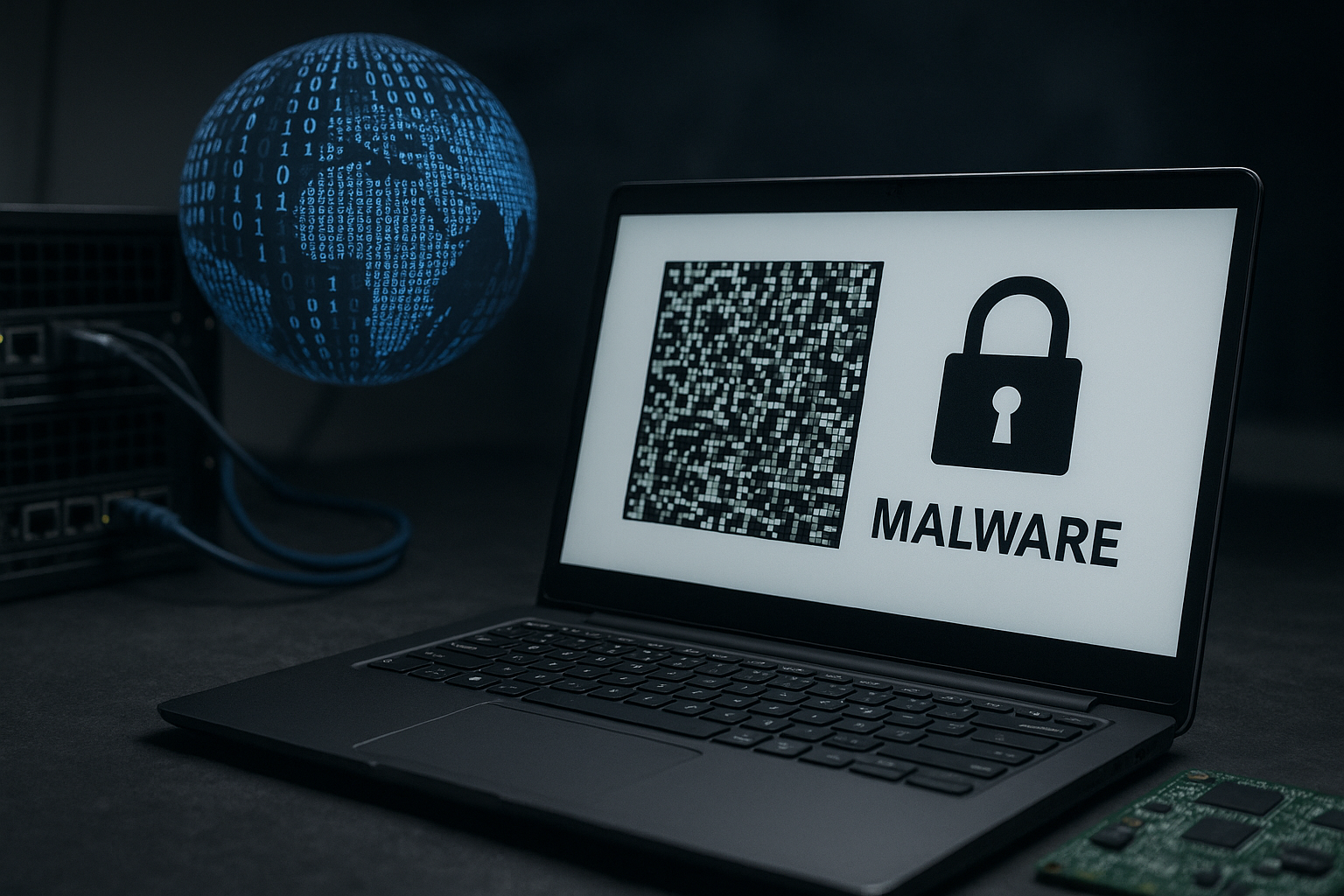New cybersecurity breakthrough uses AI and image analysis to stop zero-day attacks in cloud environments
Zero-day threats represent one of the most dangerous classes of cyberattacks, leveraging undisclosed software vulnerabilities that allow malicious actors to bypass conventional detection mechanisms. These threats pose heightened risks in cloud environments, where scalability, multitenancy, and rapid resource provisioning introduce layers of complexity to the security landscape.

Zero-day threats continue to dominate headlines, exposing critical weaknesses in existing defenses. In response, researchers have unveiled a cutting-edge artificial intelligence approach that could change the way cloud systems defend against zero-day attacks. Their study, titled “Zero-Day Threat Mitigation via Deep Learning in Cloud Environments” and published in Applied Sciences, presents a deep learning framework that leverages advanced image analysis techniques to identify previously unknown malware strains.
The study introduces a model called the Mixed Vision Transformer (MVT), which transforms binary files into images for classification using a novel attention-based transformer architecture. This approach directly addresses the limitations of traditional signature-based detection systems, offering a scalable and adaptive solution for real-time threat detection in dynamic cloud infrastructures.
Why traditional security systems fail against zero-day threats
Zero-day threats represent one of the most dangerous classes of cyberattacks, leveraging undisclosed software vulnerabilities that allow malicious actors to bypass conventional detection mechanisms. These threats pose heightened risks in cloud environments, where scalability, multitenancy, and rapid resource provisioning introduce layers of complexity to the security landscape.
The authors point out that traditional security mechanisms rely heavily on pre-existing signatures or heuristic rules to detect malware. Such systems are inherently reactive and ineffective when encountering new or obfuscated attack vectors. As a result, organizations relying on legacy defenses remain vulnerable until a threat is discovered, cataloged, and patched - a process that often takes weeks or months.
Cloud computing environments further compound the problem. With their shared infrastructure and ephemeral virtual machines, cloud platforms offer limited visibility and control to users and system administrators. Threat actors can exploit these characteristics to distribute malicious payloads undetected, accelerating the spread of zero-day exploits across interconnected services. The growing dependence on cloud-based services by enterprises, governments, and critical infrastructure providers makes the development of proactive, intelligent detection methods a cybersecurity imperative.
How the mixed vision transformer detects unknown malware
The research team proposes an innovative solution rooted in deep learning and visual computing. At the core of their method is the Mixed Vision Transformer (MVT), a model architecture that classifies binary files by converting them into grayscale images and processing them with advanced transformer-based attention mechanisms.
The process begins by taking executable files and converting their binary content into visual representations. This technique allows the deep learning model to analyze patterns in malware not as lines of code but as image features, enabling more flexible and intuitive detection. The use of transformer layers, commonly applied in natural language processing and computer vision, allows the model to focus on specific regions of the image where malicious behavior patterns are most likely to appear.
The MVT architecture is designed to maximize performance across multiple types of threats and file structures. It incorporates attention heads to scan for minute details that could signify malicious intent, even when the code has been obfuscated or disguised. The researchers trained and evaluated the model using the MaLeX dataset, a comprehensive malware repository comprising both benign and malicious binary samples. They also simulated the model in a containerized Docker environment to mimic real-world deployment within cloud infrastructures.
The MVT achieved a detection accuracy between 70% and 80%, significantly outperforming many existing static and signature-based detection methods. Its performance was particularly effective in identifying malicious binaries, demonstrating the model’s ability to distinguish novel threats from benign content with limited prior exposure. The researchers suggest that this transformer-based approach offers not only higher precision but also the adaptability necessary for ever-changing threat landscapes.
What this means for cloud security and future cyber defense
The MVT framework sets a new benchmark for AI-powered malware detection, offering the agility and foresight that traditional systems lack. Unlike conventional antivirus systems that require frequent updates to remain relevant, the MVT model can generalize its learning to recognize new, previously unseen threats without manual rule additions. Its ability to operate within containerized environments such as Docker makes it a viable candidate for integration into modern DevSecOps pipelines and cloud-native architectures.
Moreover, the approach highlights the power of visual transformation techniques in cybersecurity. By framing malware as an image classification problem, the researchers open a new dimension of analysis that sidesteps limitations tied to programming language syntax, encryption, or obfuscation techniques. This strategy could be extended to other cybersecurity domains, including phishing detection, fileless attack monitoring, and network intrusion prevention.
The study also highlights the potential for deep learning to close the gap between detection and mitigation. By embedding intelligent systems directly into cloud environments, security operations centers (SOCs) can reduce response times and minimize false positives while ensuring the system continuously learns from new data.
While the authors acknowledge that further work is needed to enhance precision and expand dataset diversity, the MVT model represents a substantial leap forward in automated zero-day threat detection. Future research may focus on optimizing computational efficiency for deployment at scale, integrating telemetry data for behavioral analysis, and expanding the model to cover multiple file types and attack vectors.
- FIRST PUBLISHED IN:
- Devdiscourse










